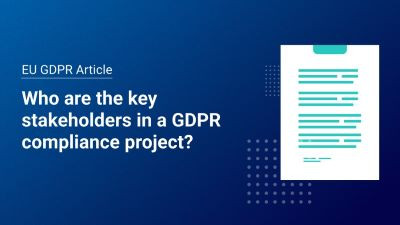Engage with both UK and EU data protection regulatory authorities that are relevant. Grasp their functions, tasks, and ability to impose sanctions. By staying in collaboration with them, ensure compliance with data protection laws and stay updated on regulatory developments.
Join forces with governing entities that oversee the safeguarding of information, including the UK’s Information Commissioner’s Office (ICO). Establish a connection with the European Data Protection Board (EDPB) situated in the EU. Hunt for aid, disseminate ideal approaches, join in talks to sway policy conclusions, and shape the arena of protecting information.
Cooperate with industry organizations, trade associations, and professional bodies that concentrate on safeguarding data and privacy. Share knowledge, exchange insights, and collectively address data protection challenges specific to the post-Brexit situation by participating in working groups, forums, and conferences.
To foster engagement with data subjects promote transparency, trust, and communication. Offer information on data processing practices, rights, and consent mechanisms that can be easily accessed and understood. React promptly and effectively to requests, inquiries, and complaints from data subjects.
